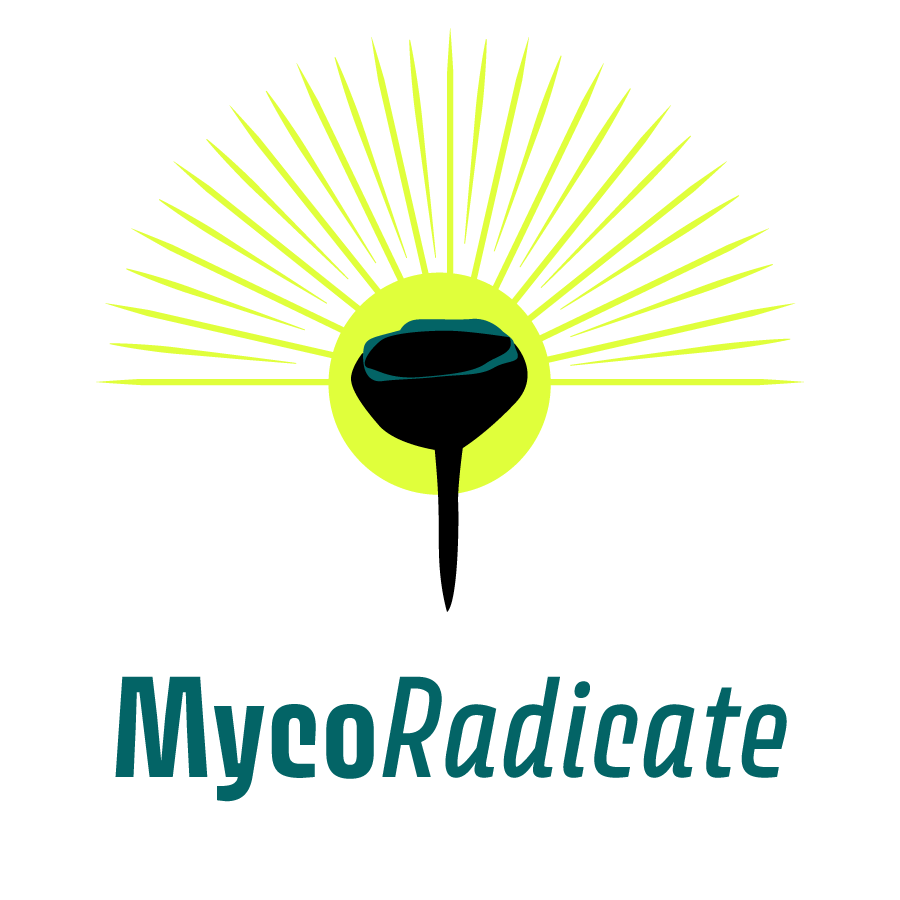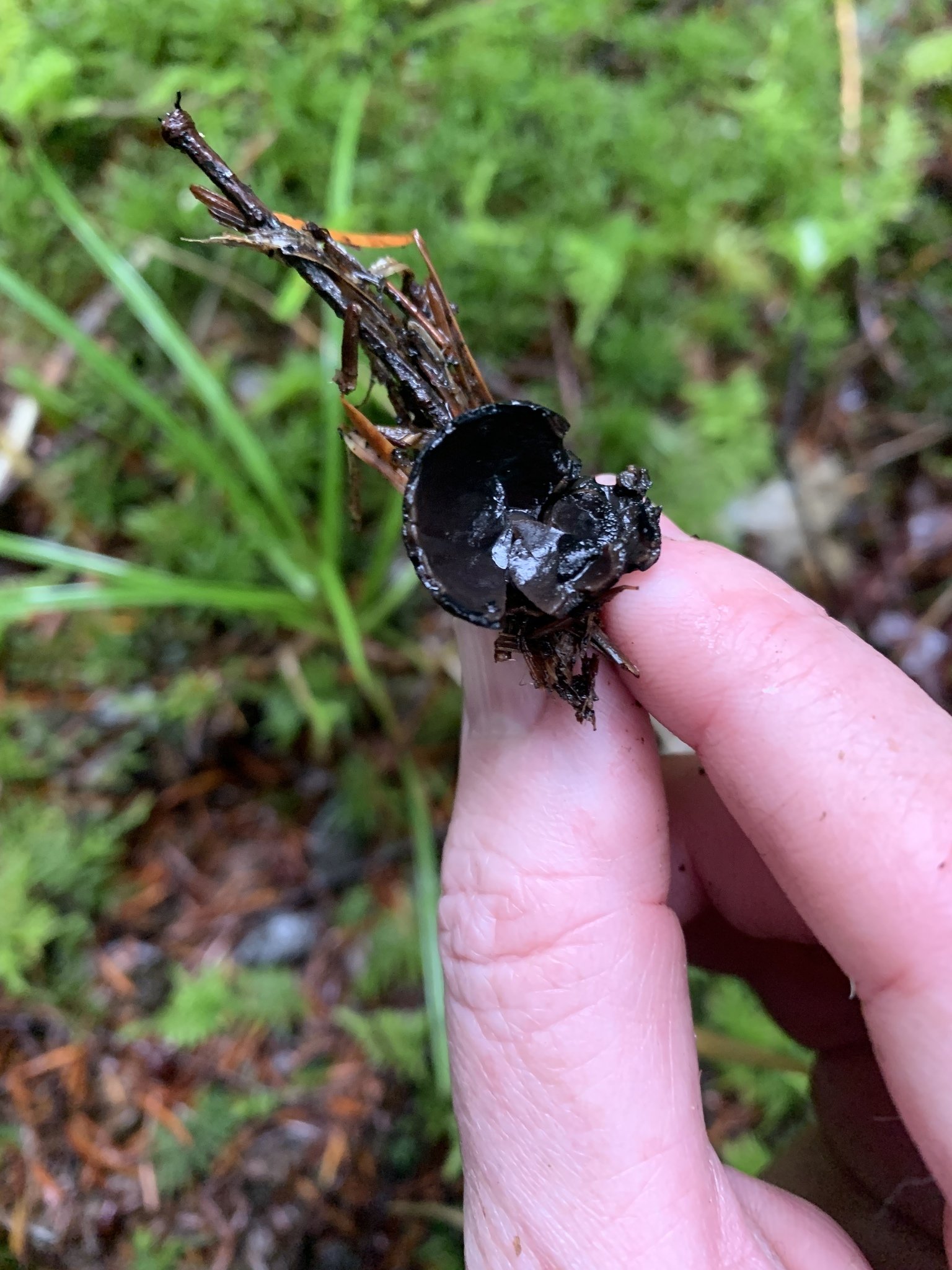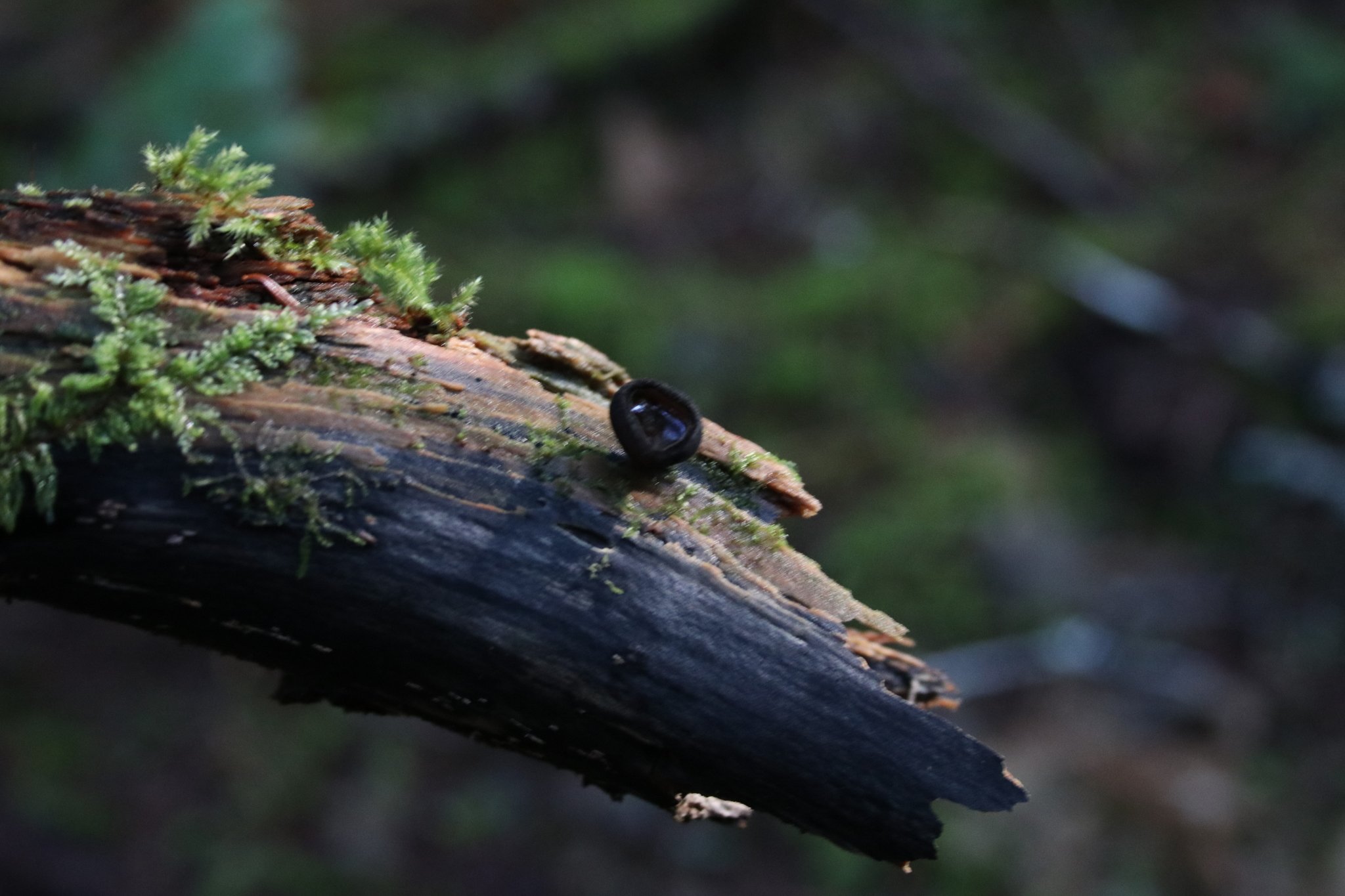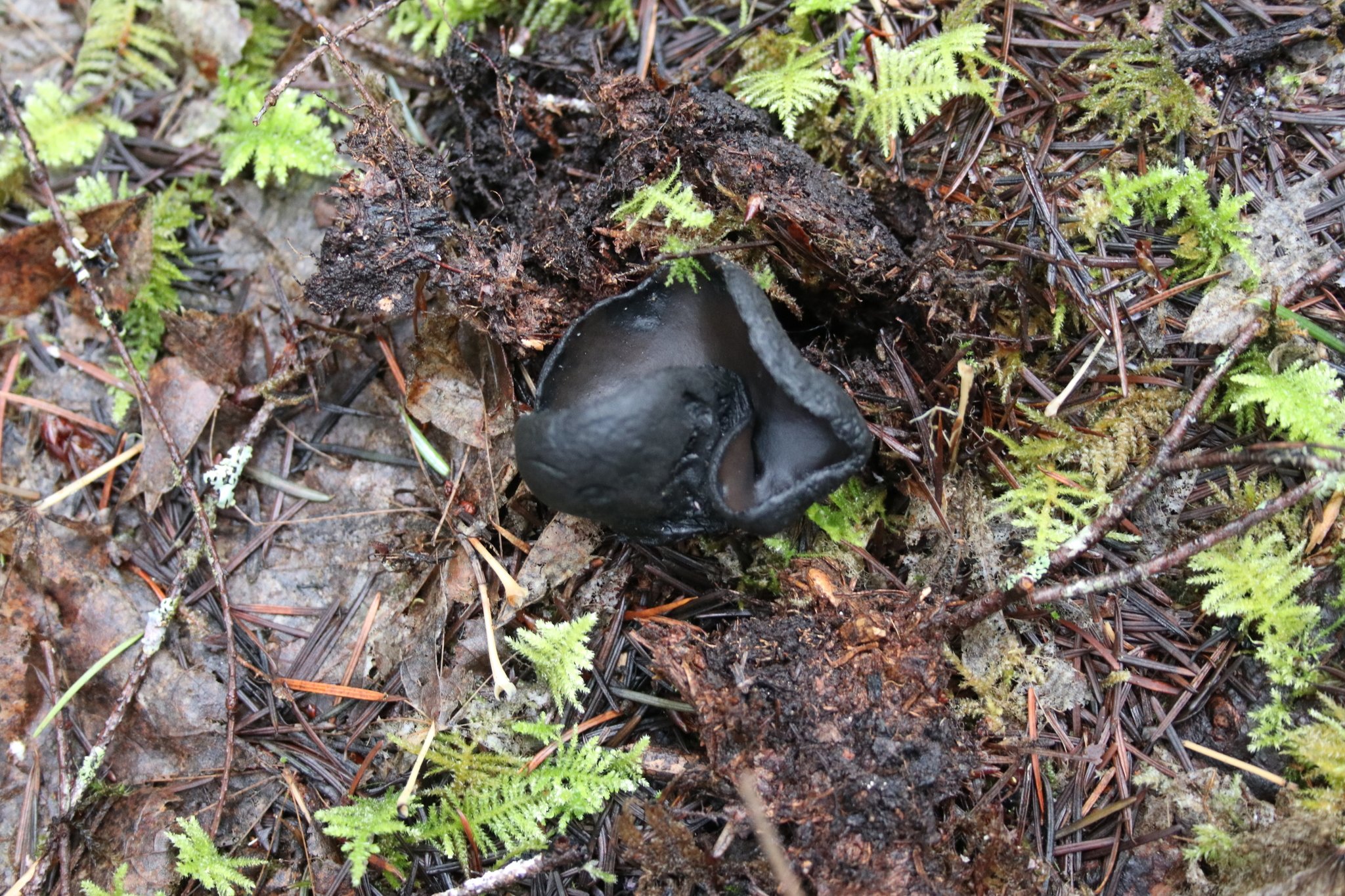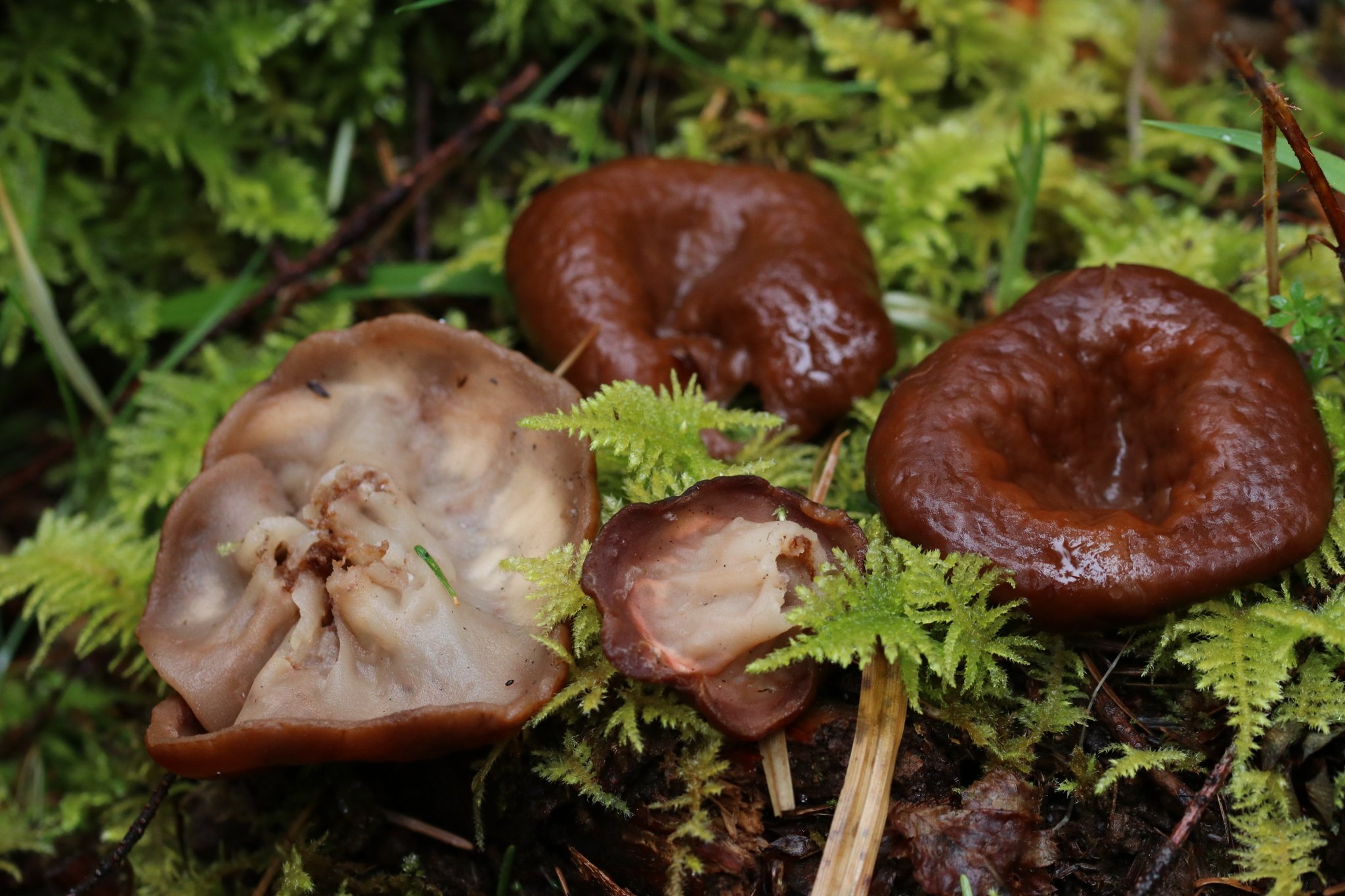Pezizales Study
Since I began studying fungi in 2019 I have been drawn towards the Ascomycetes. The spores packaged neatly in its asci and the paraphyses nesting around providing color and protection, just makes sense in my brain. I like looking at those small microscopic worlds fanning out in squash mounted slides so I can take spore measurements. I also have a real knack for finding the little black cups or micro colonies of tiny Ascomycetes fruiting on rotting logs.
In 2020, I applied to have some of my fungi collection sequenced through the Fungal Diversity Survey (FunDiS). They offered sequencing at a low cost and I was able to afford to send in 7 of my samples. Most of the fungi I sent in were Ascomycetes. I was curious about some fungi I could not identify and others I knew. Because Ascomycetes can be more difficult to sequence, FunDiS forwarded my samples to Rosanne Healey at the University of Florida. She and her team are working on a Pezizales Study to sort out this huge Order. One of their aims was to utilize the community scientists to help them collect for their study. That is how I became involved.
Since 2020, I have sent over in almost 100 specimens to be sequenced for this study. I go out to the woods every chance I get and begin the long process of collecting for a vouchered specimen. To collect specimens, I start with the equipment I need. This is my camera, a partitioned plastic box, a ruler, pen and notebook, and my mushroom basket filled with new waxed paper bags. Most of the Pezizales are small and fit well in the partitioned box, but occasionally I come across giant ascomycetes like Gyromitra and Morchella that don’t fit in that box. For those larger specimens I use waxed paper bags.
When I collect fungi I first take photos of the mushroom in its natural habitat. Then I look around for other specimens so I can take a photo of multiple specimens at different angles in one photo. For instance, I will place mushroom to show it abhymenium surface and stipe next to one where you can see the hymenium surface. Then I step back and take a photo of the habitat I am in. I always make sure there are cones from the tree in the photograph so we can determine what nearby tree species are in the area. Habitat is just as important as the fungi.
Collecting the fungi to preserve till I can get home to my lab is my next goal. I will gather as much mushroom as possible being careful to dig down and look for buried stipes and rhizoids that may be attached. Then I take off as much dirt as possible and place these specimens together in a partitioned box. I make sure not to jolt the box around too much during transportation and never leave it in a hot car. As soon as I get home I place the box in my refrigerator while I work on sectioning specimens to mount on slides.
Microscopy is such an important part of the identification process for mushrooms. Often one of the only ways to tell what kind of mushroom you have is to look at the shape and size of the spores. When I section the mushroom and mount it on a slide, I use DI water first to observe what I have. Then after I take a few photos using my microscope camera, I use reagents like Melzer’s to see if there is any amyloid reaction. One of the most amazing reactions I have ever seen was in the Sarcoscypha coccinea as the Melzer’s touched the surface of the bright red paraphyses they turned dark green.
After finding, collecting, describing, microscopy and photographing, everything has to be uploaded to iNaturalist. I create an observation for each new specimen I find and do my best to add everything above to the observation. My Observations take hours to complete over several days and then at least 6 months to get results from a DNA sequence. I am always adding new information to them and I find that discussing fungi in the comments on iNaturalist is by far my favorite form of social media.
Next I begin the delicate process of taking fresh samples of fungi and placing them in tubes. For this, I start by lighting my alcohol lamp and disinfect all of my equipment like tweezers, razor blades and plates. It is very important not to cross contaminate the samples, so between each cut, I disinfect again. After placing the fresh material in the tube, I label it with a labeling system and write it in my moleskin notebook. This is the first place this information gets recorded. Then the remaining fungi gets dried and stored with notes in a sealed box in my freezer. I collect and store these fungi for a couple months then send them off to get sequenced. To mail them off, I have to submit the iNaturalist ID, a spreadsheet with all of the samples clearly labeled and send the dried and vouchered specimens. It usually takes me a week to get all of that ready to go.
There have been lots of very interesting finds over the years but one of the most exciting might be this new Gyromitra I found. I have found other new species and am so excited to have discovered them. But this may be my first opportunity to describe and name a new mushroom. I hope to be able to be a part of the journey of naming each of the fungi I have found.
This is just the beginning for me as I continue to pursue what it means to be a community mycologist. I spend a lot of my time with my nose in books and surrounding myself with much smarter and talented people than me. I hope to continue to learn and grow and being a part of the Pezizales Study has pushed me in ways that I never knew were possible.
I encourage everyone to become a community scientist at their level. Start by taking great photos of the fungi you find and uploading them to iNaturalist. Then get involved in the national projects like FunDiS Rare Challenges. Those are excellent ways to make a difference in documenting the biodiversity of fungi.
